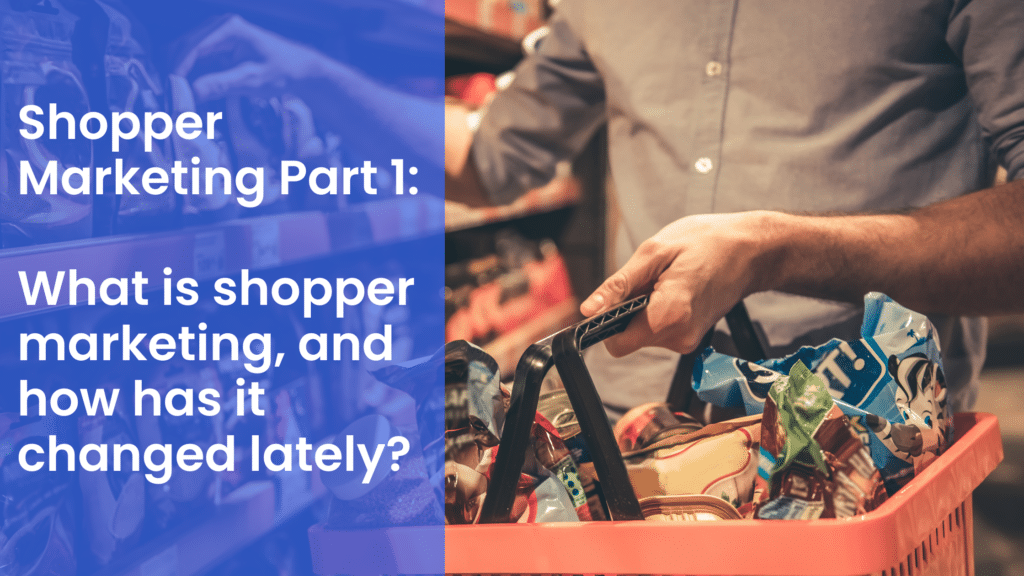
What is Shopper Marketing?
‘Shopper marketing’ can be thought of as the intersection between consumer psychology, customer experience, and experiential marketing. These three elements combine to convert shoppers into buyers and build the brand’s equity within the retail environment while fostering long-term relationships with consumers.
Their customer’s path-to-purchase will establish each retailer’s shopper marketing strategy. For example, whether the purchase is being made for themself or someone else, the purchase research process, and which channels the customer prefers to make the purchase, such as in-store or online.
Shopper marketing builds its strategy on top of the unique path-to-purchase to create synergies and consistency in the messages presented to consumers throughout their journey to purchase.
A good case study for this is how many retailers have adopted emailing receipts instead of printing them. By doing so, it opts the customer into their email funnel.
Think about this – if a customer goes into the electronics department of a store and purchases a student edition of Microsoft Office and then provides their email address for the receipt to be sent to them, the store can now attribute that email address to someone who is likely a student. Then when it comes time for the “back to school” campaigns to roll out, that person will likely receive an email with various deals and promotions for other tools or products they might need and can drive them in-store (since it knows where they’ve made previous purchases from) or online with coupon codes.
What’s new about Shopper Marketing?
Shopper marketing tactics have been popular since the 80s, but forty years ago, they only took place in brick-and-mortar stores. With eCommerce and social media, shopper marketing has evolved to include these new sales channels.
The growth of the online space has paved the way for communicating and incentivizing customers, which plays a role in shopper marketing. For example, the ability to run loyalty programs or coupon promotions at the click of a button while seamlessly measuring conversions.
On being highly measurable, data analytics and business intelligence have come a long way. Having access to these insights has given retailers greater clarity around their customer’s purchase trends and habits, which can make informed business decisions to provide the best possible shopping experience.
What does the future hold for Shopper Marketing?
One pitfall of shopper marketing that many retailers fall for is the lack of personalization in their marketing communications. This is often because they’re often purchasing data from third-party vendors and applying it to their business, which is like trying to jam a square peg into a triangular hole – it just won’t fit. The future of shopper marketing is utilizing technology to customize the shopping experience better to suit personal preferences. In a hyper-competitive retail world, the winners will be the early adopters of technologies designed to influence purchase decisions.
If you want to stay ahead of the technological curve, speak to us today about how Mobeo drives revenue growth through personalized customer experiences.
